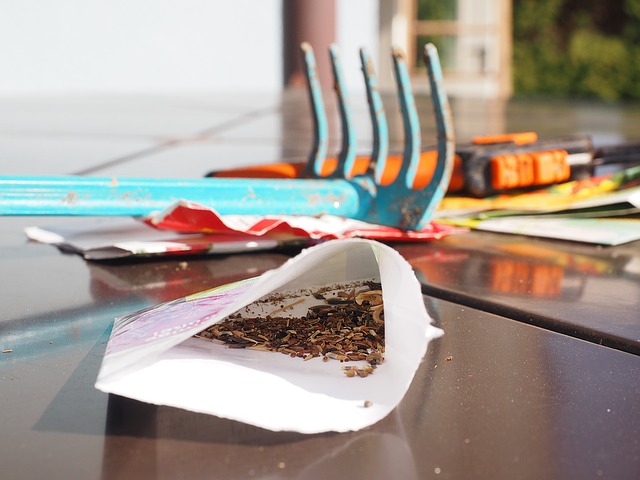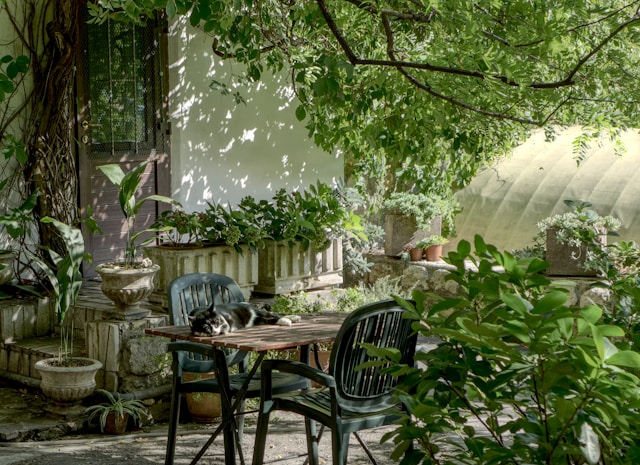We are so thankful that we’ve made it through another year saving treasured heirloom seeds. We have helped preserve our Traditional American Heritage by saving heirloom seeds that we, in turn, may pass down to future generations.
As our country took root it brought with it a wealth of immigrants that saved treasured family varieties from all over the world. This, in turn, has given us more choices for unique vegetables than any other place in the world. It’s important to know that many of these precious varieties have been lost forever with many more being endangered of becoming lost.
We quickly become more sustainable, just like our ancestors did by creating our own seed bank from the heirloom vegetables grown in our garden This steadily increases our independence from mainstream conventional agriculture and allows us another way of affording the high costs of organic whole foods. By more small farms and backyard gardeners producing their own food, it also reduces the impact that commercial agriculture is taking on our planet.
We’ve chosen the purest organic seeds from the best plants and vegetables. It’s important to look for important traits in the vegetables you choose to save seed from. We look for plants that were the most disease resistant and insect free. We also look for size, flavor and the truest to type. As with the Gilbertie Paste Tomato that had some long pointed ends, a sausage type Roma’s growing on the same plant with many small rounded end regular Roma tomatoes. It was the sausage-shaped, long pointed end we wanted to save seed from.
It wasn’t until I sliced it open that I truly knew this was the perfect one with its sweet meaty flesh and little seeds. It will be perfect for canning or putting up in the freezer and make perfect tomato sauce. It is best to try and choose from several of your best plants to create a more diverse seed.
Next, I will begin the task of pushing the seed out with my thumb into a small meshed screen. Then I can rinse the seed with cool water to remove most of the pulp.
After rinsing I use a coffee filter to place the seeds on. I write the name of the variety on the filter so I don’t forget which type it was while they are drying out. I leave them out in the air to finish drying completely. The coffee filter helps take up most of the moisture. I now have a pretty cool little seed card. It is important before storing your seed that all the moisture is gone from your seeds. You will be able to pick the seeds off the card quite easily when it is time to plant.
Selecting storage containers is another important factor. I use canning jars because they have a rubber seal on the lids that will keep a good seal and help keep the moisture from getting in the jar. Seeds can be kept for long term storage in the freezer for many years as long as they remain dry. For short term storage, they need to be kept cool and away from humidity. The seeds I save to replant the next season are kept in short term storage.
I hope that you will join me in preserving what diversity is left. It would be a sad day indeed when only one tomato variety remains in existence. We can take control of our food sources by growing heirlooms and provide a secure future for many more generations.
- Wild Dagga Motherwort Medicinal Herb - November 11, 2013
- Grow The Best Organic Lettuce - November 4, 2013
- Amish Hot Pepper Mustard - October 23, 2013


Thanks for the demonstration! I have always wondered how to save heirloom seeds. Maybe you can write about how to save seeds from different heirloom plants.
Thanks Aadel, that will be high on the list of love =)
Thank you for this very helpful article, I will certainly be trying this this year when my Beefsteaks ripen!
You’re welcome SusanB. I notice every year that I save seed from my heirlooms that in their new season they are stronger and healthier than before. Happy Seed Saving 😉
You are very welcome Susan. Best of luck on your beefsteaks!!